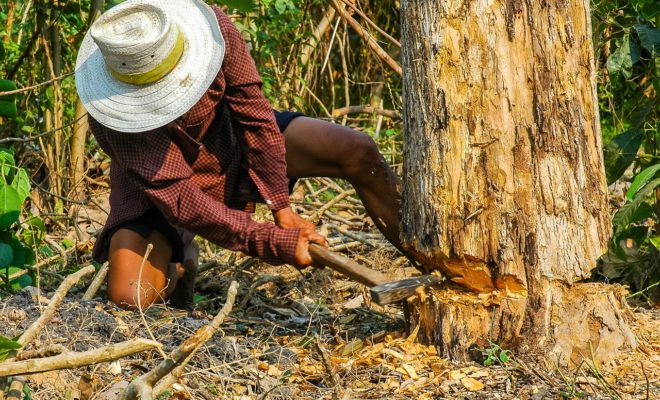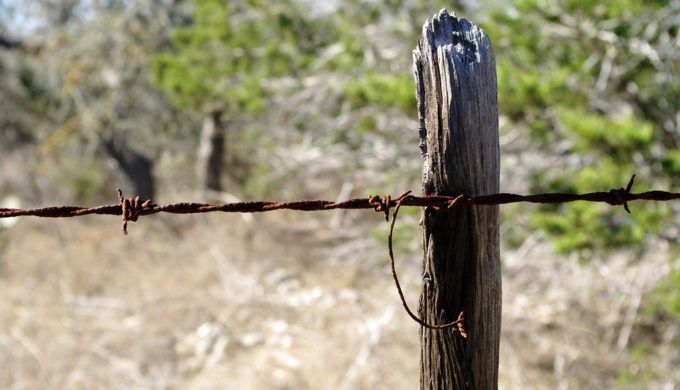Ken Roberts authored the book “The Cedar Choppers: On the Edge of Nothing” about a group of rough and rowdy citizens of the Texas Hill Country who are no longer known today, but who once ruled over the eastern outskirts of the area. An Austin native, Roberts recalled a time in his 10th or 11th year when he first encountered the kids of this infamous group, back in the 1950s. “They were barefoot, their pants were too short, their shirts ragged. These were not kids you would see in Austin,” he wrote in his book.
Roberts’ book was released on August 20, 2019, in paperback form, following three hardcover editions through Texas A&M University Press, after only having come out under a year-and-a-half ago. Its basis is in oral history as well as newspaper archives, focusing on the clan of Southern whites for whom Roberts has traced the lineage, pointing to the British Isles and a Scots-Irish “warrior culture.” He identified that they were referred to as the cedar choppers after making their way to Central Texas after the Civil War. When farmers of the Hill Country had depleted the area’s topsoil and juniper took root in the region, the cedar choppers remained for generations, making a living cutting cedar, hunting, fishing, and distilling moonshine. As they became more self-sufficient and reclusive, they also became more clan-like, having their own verbiage, a lifestyle code, and a sense of honor, of sorts.
Photo: Flickr/lamoix
Their luck turned in the 1940s when ranches began to pop up across Texas, resulting in the need for fencing to maintain cattle. Cedar being in high demand for the fenceposts, the cedar choppers became well-off. “They were making more money than any working man in the city. That’s just astounding to me,” Roberts told texasmonthly.com. “They could make $25 a day when $25 a week would be your average wage.” However, they didn’t employ their wealth to make improvements in their lives, according to Roberts. To this day, elders from the Hill Country continue to tell stories about the clan, much of which involve drinking and a rowdy lifestyle. However, the largest clash they would ever become involved with would be that of their mix with society in Austin, where their sense of living shocked the middle-class.
Photo: Instagram/ceciliarobertsrealtor
“They lived like hell and played like hell. They weren’t ashamed of it,” Roberts told texasmonthly.com, adding that if you looked down your nose at them, they’d make sure you paid for it. Into the 1960s, cedar choppers became the term for the Hill Country’s hillbillies. Their fade into the history books began when chainsaws took the place of double-bladed axes and steel T-posts became popular in fencing. Today, only a handful of cedar choppers or their relations live amongst the expensive homes that prevail throughout the Hill Country. Still, Roberts marvels at their hardy nature, highlighting them in his book, which has done quite well, as opposed to its protagonists. “It’s like they were from another country, another language, another culture. And only people who live along the Balcones Fault know who the hell they were. Nobody else does,” he told texasmonthly.com.




